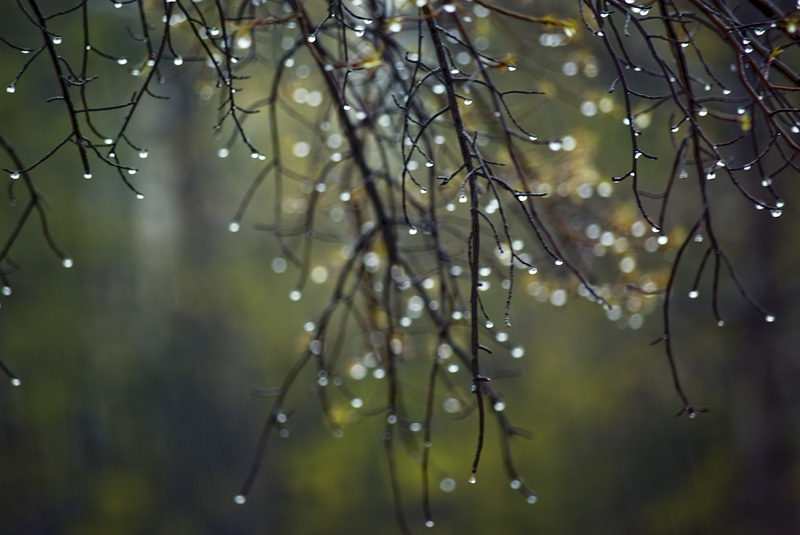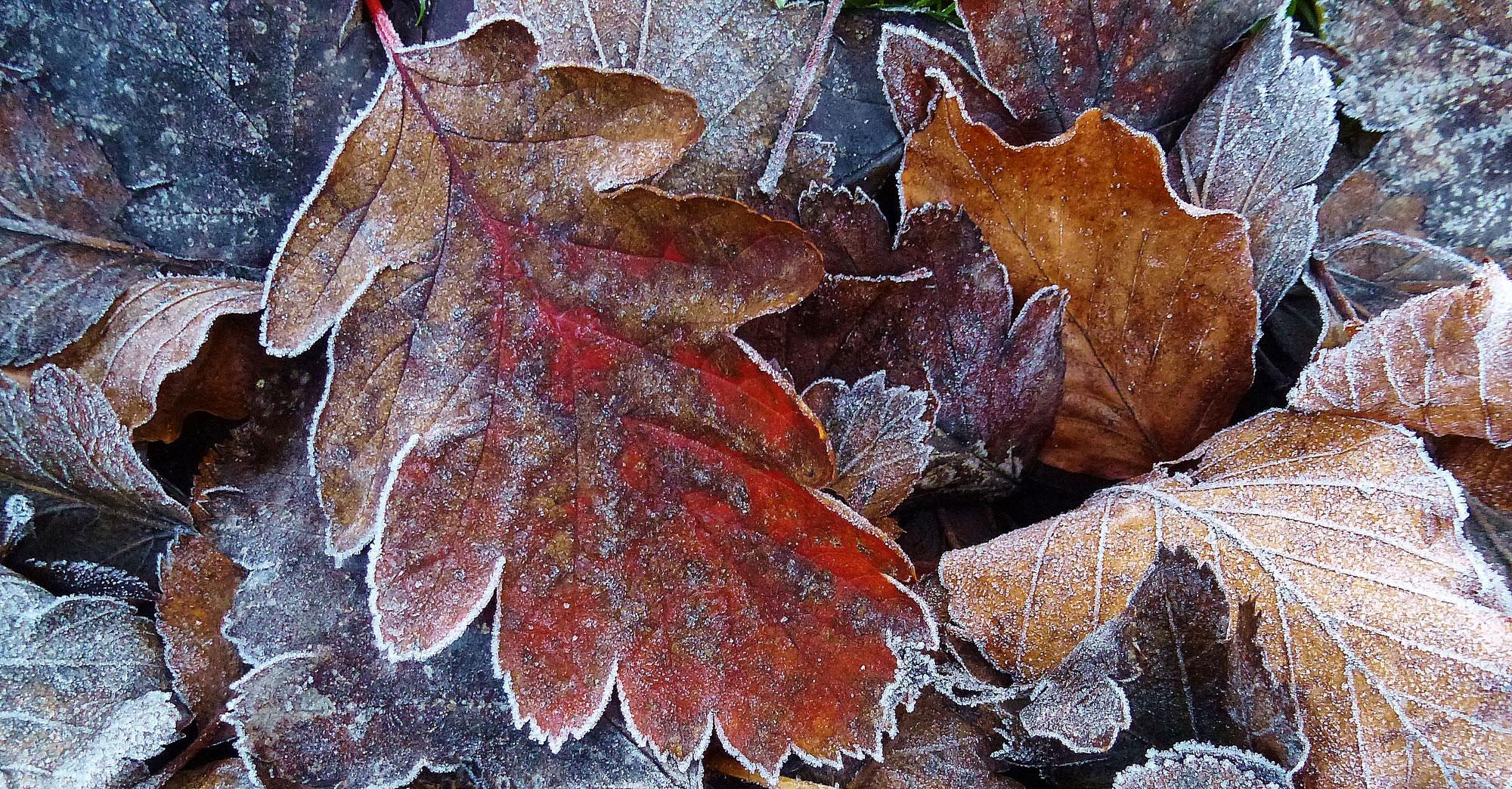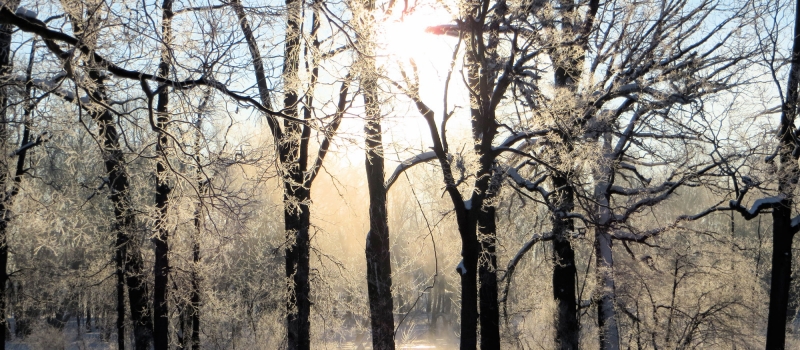
There is some very interesting new bio-precipitation research being conducted, into the significant part that plants and forests play in cloud seeding, precipitation and climate regulation. This is particularly interesting in the context of mountain forests, when considering the ways that they might be substantially influencing the global water cycle.
It is widely recognised that there are several crucial ways in which these forests influence atmospheric conditions. The majority of these are related to the ways in which the plants store and release water and how they decrease the surface reflectivity (albedo) of Earth. However there is another, until recently overlooked, yet potentially very important way in which plants contribute to precipitation and atmospheric regulation. This is in the process of ice nucleation. Interestingly it is the bacteria, which naturally live on the surface of plants that are involved in this process. There are certain bacteria (Pseudomonas Syringae) that have the unique capacity of catalysing ice formation at relatively warm temperatures.
“The ice-nucleation activity of all strains from snow, unlike from other substrates, strongly suggests that P. syringae plays an active role in the water cycle as an ice nucleus in clouds.”
Because ice formation in clouds is an important prerequisite to processes that initiate precipitation, this indicates that precipitation can take place more easily and in more varied conditions when these biological ice nucleators (IN) are present.
It may be surprising to many to know that in a pure state, water vapour freezes at temperatures below -35◦C. These extreme temperatures do not occur in many places outside of the Polar Regions. Hence, freezing catalysts are clearly essential for natural freezing processes to take place and for rain and snow to form. Christner’s study found that bacteria are the most common warm-temperature nucleators. The outer membrane of the cells of ice nucleating bacteria contains a protein (INA protein) that can function as an effective ice nucleator (IN) at temperatures as warm as −1◦C. There are other particles that nucleate ice yet most of these require the cloud to be already near to freezing point.
“These results led us to propose an expanded life cycle or life history for this bacterium to encompass its dissemination via the water cycle and subsequent colonization of both agricultural and non-agricultural habitats.”
More than twenty years ago it was proposed by David Sands (Professor at Montana State University) that these bacteria participate in and instigate a biological cycle of precipitation, using precipitation as a very effective means of transportation and proliferation. In this cycle he hypothesised that these ice nucleating bacteria are transported into clouds from plant canopies and incite rain in order to travel back to land. Aside from enabling transportation, the effects of the rain, snow and frost would also create favourable conditions for their continued growth on the surface of plants.However despite the important implications of this hypothesis, it is only in recent years that sufficient evidence and meteorological tools have emerged to support this theory.
A team of American and French scientists led by Louisiana State University microbiologist Brent Christner analysed snow samples from around the world and found evidence that rain-making bacteria are widely distributed in the atmosphere.

“Our results provide an impetus for atmospheric scientists to start thinking about the role these particles play in precipitation. This work is truly multi-disciplinary, bridging the disciplines of ecology, microbiology, plant pathology and climatology. It represents a completely new avenue of research and clearly demonstrates that we are just beginning to understand the intricate interplay between the planet’s climate and biosphere.”
Download: Brent Christner, LSU professor of biological sciences.pdf
Understanding bio-precipitation and including it into planning and execution strategies could positively affect many issues from freshwater availability and agriculture to poverty eradication, urban sustainability and climate change.
“Such studies will likely lead to reevaluation of the importance of co-evolution of P. syringae with plants”
The presence of biodiversity has long been connected to precipitation but now this research sheds new light onto some of the less visible processes that take place as a result of the presence of biodiversity.
“Factors influencing the concentration of biological particles in clouds and the atmosphere include the ecosystems that contribute the particles”
Download: Brent Christner, LSU professor of biological sciences.pdf
This research is particularly pertinent in these times of such environmental instability. It could be used to address numerous current dilemmas related to drought and climate change.
Another point that this research highlights is that it is important to understand and support the natural biological mechanisms, which do the job of regulating and stabilising the global water cycle and climate.

“Knowledge about microbial and other ice nucleators (IN) in the atmosphere is fundamental to understanding ice phase precipitation and the radiative balance on Earth.”
Download: Cloudy with a Chance of Microbes, Brent Christner, 2012.pdf
Biological ice nucleators (IN) are widely distributed in the atmosphere. Even one particle in a cloud can have an impact upon precipitation.
“Biological ice nucleators (IN) are the most active IN in nature”
